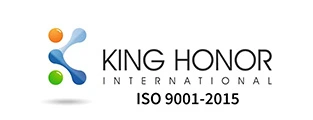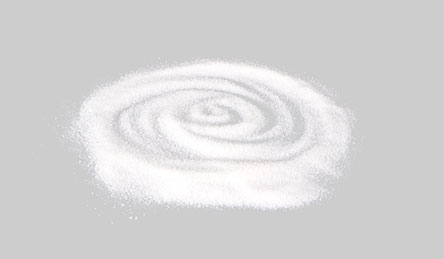
Search


When we hear the term "polyethylene oligomers," some chemical terms come to mind. In fact, polyethylene oligomers have many chemical components, and many people may not understand their properties and applications, or may have never heard of them. In terms of properties, the degree of polymerization of polyethylene wax oligomers is relatively low due to their small molecular weight.
Because its molecular weight is small, its degree of polymerization is generally in the range of ten to fifty. Among the polyethylene oligomers, polyethylene is the product with the largest production in the general synthetic resin, including linear low-density polyethylene, high-density polyethylene, low-density polyethylene, and some products with special properties. Polyethylene wax is a white waxy, slightly translucent material that is lighter than water, non-toxic, flexible and tough, has excellent dielectric properties, low water permeability, and relatively high steam permeability. Because of its superior properties, polyethylene oligomers can also serve as excellent plasticizers in high-polymerized polyethylene, greatly improving its processing performance.
Compared with high molecular weight polyethylene, low molecular weight polyethylene has similar softening point and other indicators, but its melting viscosity is greatly reduced. It has a wax-like property and is usually called polyethylene wax.
Polyethylene wax is often divided into high-density polyethylene wax and low-density polyethylene wax according to density or according to production process, such as cracking method and synthetic method. Its application performance and processing performance have significant differences.
Polyethylene wax has stable chemical properties, smooth touch, good abrasion resistance, and high hardness. Different addition methods can give the system different gloss changes. Therefore, as a dispersant, anti-wear agent, brightener, matting agent, and lubricant, it has a wide range of applications in the ink, coating, and other industries.
Disperse it in an organic solvent to make a wax slurry and apply in the solvent system.
Disperse it in a water system to make a wax dispersion or wax emulsion, and use it in a water-based system.
Make suitable sized micropowders and add them directly to the ink.
In recent years, due to environmental requirements, water-based inks have rapidly developed in all aspects of social life. As an important additive for water-based inks, the performance requirements for wax emulsions are also increasing.
Due to the high softening point, non-polarity, and difficult emulsification of polyethylene wax, as well as the requirements of the ink and coating industries for the particle size of the wax emulsion and emulsifier usage, the development of high-melting-point (wax melting point is above 120 degrees) and ultra-fine particle size (≤100nm) polyethylene wax emulsions has always been a technical difficulty in China's ink and coating industry, while foreign large companies have a significant advantage in both production technology and application technology.
KH takes pride in offering high-quality polyethylene wax, tailored to meet your specific needs. Elevate your products with our superior-grade wax, enhancing performance and durability. Don't compromise on quality – contact us now and experience the difference that KH brings to your industry!